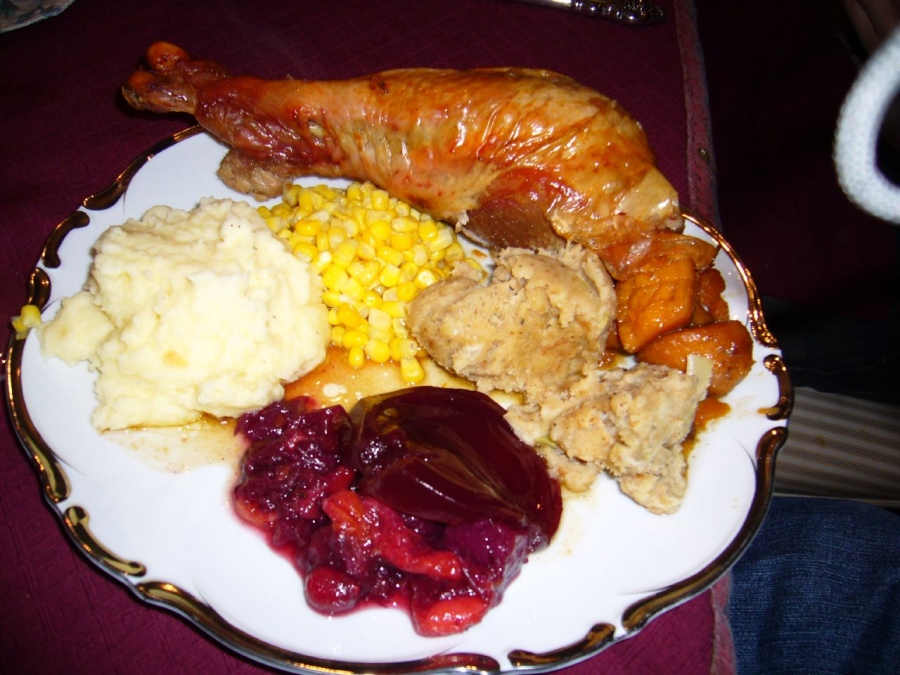“The Chemical Keys To Thanksgiving Dinner”
This was a very interesting webinar that I joined in on last week, courtesy of the American Chemical Society’s “Joy of Science” Food Chemistry Series.
The speaker was Dr Harold McGee, scientist and author of a regular column in the New York Times, “The Curious Cook”. You may also know him for his ground breaking book “On Food & Cooking: The Science & Lore of the Kitchen.” He writes a lot about the science of cooking, and in particular, the chemistry behind it, and how seasons marry and interact to produce tender, succulent and flavorful dishes.
I thought it might be fun to throw in some food science in our run-up to the Thanksgiving feast! So I’m going to take each of the main points that he covered in turn.
His Thanksgiving presentation covered a variety of things, including:
- The pros and cons of brining
- The two types of turkey muscle and how to cook them
- The stuffing dilemma
- How heating affects the flavor of your sweet potatoes
- Why traditional persimmon pudding is nearly black, and how to make it persimmon-colored
d
So today’s dilemma revolves around the stuffing……
s
Are You a Turkey Person, or a Stuffing Person?
You have to ask this of yourself because unfortunately you can’t have it both ways! Stuffing the turkey will get the lovely juices flowing from the bird into the stuffing itself, producing flavorful stuffing. But you end up with over-cooked breast meat as you try to get the stuffing up to temperature.
We talked earlier about the two types of turkey muscle and how to cook them, and about how cooking a turkey is really one big compromise all around – remember how the goal is to cook it such that the thigh registers at 180 degrees F and the stuffing at 165 degrees F, while at the same time keeping the more delicate breast below 155 degrees F.
So you see how you can’t have it all! Again, it’s all about figuring out what option best suits your tastes:
- Baking the stuffing in the turkey: It’s a no-win situation usually – you have three things in your turkey that need to be cooked to different temperatures! Cook the turkey to suit the thigh meat, and your stuffing is overcooked. Cook to suit the more delicate breast muscle, and your stuffing is undercooked!
- Baking the stuffing separately: This navigates the temperature differential problem, but doesn’t get you that beautiful and flavorful stuffing, courtesy of the turkey’s natural juices.
- A compromise? Harold McGee compromises by baking them separately, and then pouring the turkey drippings onto the stuffing to add flavor that way.
f
All I can say is that I’m glad I’m not doing any cooking this Thanksgiving!
s
s

The best stuffing is in the bird, hands down. I’ve tried baking the stuffing and it’s not even half as good. I don’t love turkey nearly as much as stuffing, so I’ve made my decision.
I’ve never made any myself, but I do enjoy eating it! I have to admit that I’ve never done any mental poll of whether I was eating “in” or “out” stuffing! I’ll have to be more mindful next time to check 🙂